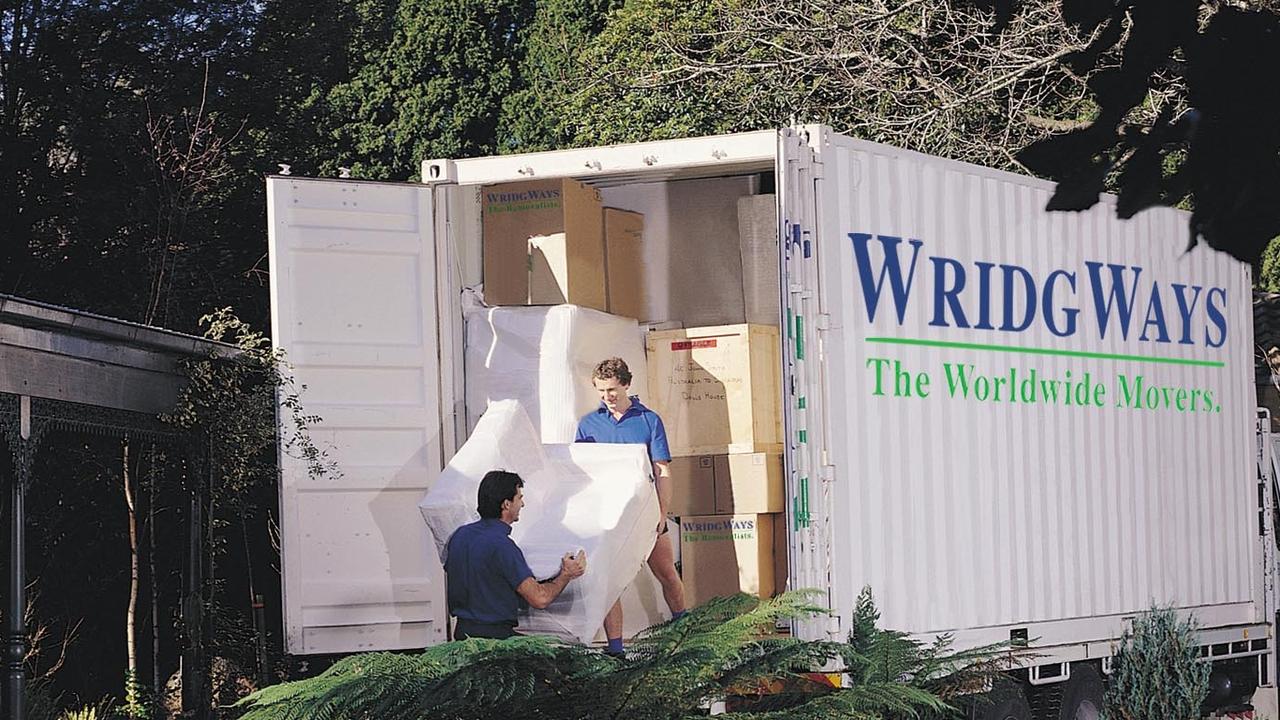Kingston named Tasmania’s roadkill hotspot
Motorists are being warned to extra vigilant about wildlife on the roads over winter, as the state’s most dangerous areas for roadkill have been revealed.
THE state’s five hotspots for roadkill have been revealed in a new report.
Kingston has been named as Tasmania’s top roadkill hotspot, followed by Launceston, Cambridge, Hobart and George Town.
Tasmania ranked as the second-lowest offending state in the study released by insurer AAMI, but wildlife rescuers warned that as winter approaches, motorists are far more likely to hit an animal on the road.
Animal collisions are expected to spike as winter sets in, with a 15 per cent jump predicted between May and August.
This high-risk time follows a bad bushfire season, which has taken an enormous toll on animal life and habitats interstate and in Tasmania, with fears an increase in animal collisions will further impact vulnerable wildlife.
“The summer bushfires have wiped out an estimated one billion native animals, and the devastating loss of so much bushland has left many displaced and vulnerable,” Kristie Newton from Wildlife Information, Rescue and Education Service said.

- If you notice roadkill, slow down and pay extra attention. It’s an indicator of wildlife in the area.
- If you spot a kangaroo crossing the road, it’s a sign that more roos will be following, as they move in groups.
- If you see an animal on the road, slow down and brake, but avoid swerving so as not to endanger yourself and other drivers on the road. It’s far less dangerous to keep driving and damage your car than swerve to avoid it and collide with another vehicle or tree.
- If you’re involved in an animal collision, stop to check its welfare, but only if it is safe to do so. If the animal is alive and injured, call your nearest vet or wildlife sanctuary.
- If it’s a dead kangaroo, check if it is a female and if there’s a joey(s) in her pouch or around her. Pouches/flaps of wombats and echidnas should also be checked as well as the surrounding area, as young echidnas are often dislodged during a vehicle collision.
- Drive slowly and be extra vigilant when driving at dawn or dusk, as this is when animals are most active.
- Use your peripheral vision and be aware of your surroundings, especially when travelling through forest or grassland areas where animals are not clearly visible.
“As we head into winter, we may see increased activity particularly from nocturnal wildlife as they cross roads in search of food and water, which we saw after the drought, increasing the likelihood of them being hit.”
AAMI’s data found motorists are most likely to experience a major collision with a kangaroo (84 per cent), wallaby (5 per cent), wombat (2 per cent), deer (2 per cent) or bird (1 per cent).
The worst day of the week for animal crashes is Friday, followed by the weekend.
AAMI analysed more than 21,000 animal collision claims between February 1 last year and January 31 this year and found Canberra was the country’s most dangerous hotspot.
State-by-state, though, NSW was ranked the worst for animal collisions, followed closely by Victoria.
Almost one third of animal related accidents across the country took place on NSW roads.
Tasmanian drivers killed a total of 1000 animals on the roads last year.
MORE NEWS:


